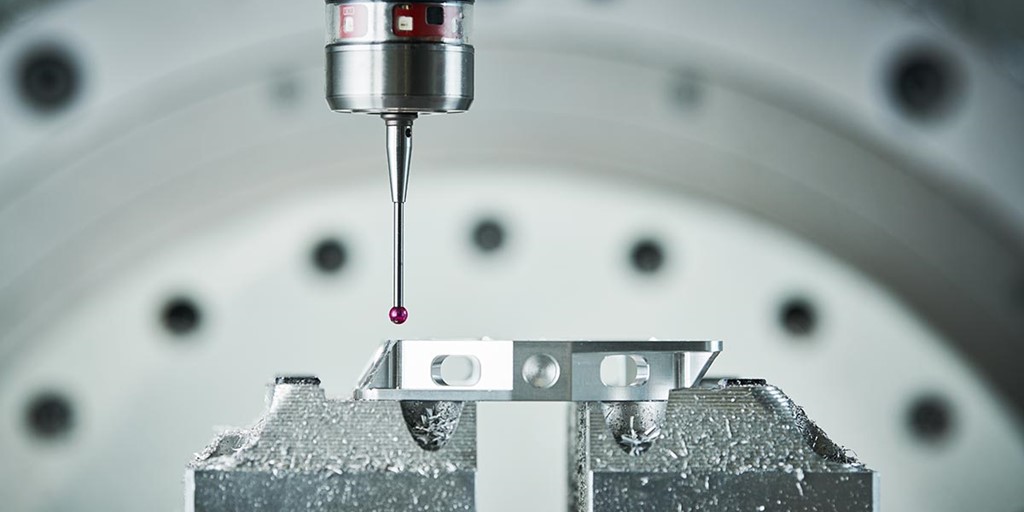In today’s fast-paced world of technology and innovation, ensuring optimal performance in electronic designs is crucial. At the heart of these designs lies the circuit board. Understanding the circuit board layout best practices is essential for anyone involved in the electronics field, be it exporters, importers, or manufacturers seeking to advance their expertise in this domain.
For exporters and importers who deal with electronic components, grasping these best practices can improve their bargaining power and lead to enhanced product efficiency. Knowing the fundamentals of circuit board design enables them to make informed decisions and ensure quality in the products they handle.

Why Circuit Board Layout is Crucial
The design and layout of a circuit board are paramount in determining its functionality, efficiency, and cost-effectiveness.
- Ensures signal integrity
- Reduces power consumption
- Minimizes interference and noise
- Enhances durability and reliability
Impact on Manufacturing Costs
An efficient PCB layout not only improves product performance but also significantly reduces manufacturing costs. As detailed in custom electronics, investing time in proper design translates to fewer errors, less waste, and efficient use of materials.
Environmental Implications
By understanding and implementing circuit board layout best practices, manufacturers can contribute to more sustainable electronics. This not only preserves the environment but also aligns with global efforts towards greener manufacturing processes.
Fundamental Circuit Board Layout Best Practices
1. Component Placement
The foundation of a successful circuit board is proper component placement. Components should be placed logically and strategically to minimize path length, reduce noise, and improve connectivity.
2. Signal Routing
Signal routing determines the path of electrical signals. Ensuring that these paths are short, direct, and away from noise sources is vital for maintaining signal integrity.
3. Ground Planes
Using a continuous ground plane enhances the board’s ability to reject noise and interference. It also strengthens the board structurally and electrically.
4. Thermal Management
Electronics generate heat, and managing it is crucial. Proper heat sinks, thermal vias, and material choices help dissipate heat efficiently, preventing component damage.
5. Testing and Prototyping
Before full-scale production, testing and prototyping are essential. A detailed guide to effective prototyping can be found here, providing invaluable insights for those looking to innovate in circuit board design.
Advanced Layout Techniques
High-Speed Digital Design
With the rise of high-speed applications, designers must focus on minimizing signal reflections and distortions, ensuring reliable performance at higher frequencies.
Differential Pairs
For signals requiring precision, using differential pairs is beneficial. This technique helps in reducing electromagnetic interference and allows for clearer communication between components.
EMI/EMC Considerations
Electromagnetic interference (EMI) can negatively affect circuit performance. Ensuring electromagnetic compatibility (EMC) through shielding, specific layout choices, and material selections is crucial.
The Role of Software in PCB Design
Design Automation
Modern PCB design leverages automated tools to enhance accuracy and efficiency. These tools allow for complex simulations and optimizations, shortening design cycles significantly.
3D Modeling
By modeling designs in 3D, engineers can identify potential issues before production, leading to fewer revisions and reduced costs.
For a deeper dive into technologies that are transforming circuit board design, read about the future of global supply chains.
The Future of Circuit Board Design
As technology progresses, the demand for smaller, more efficient circuit boards increases. Designers must continually adapt and innovate, staying ahead of industry trends and ensuring best practices are followed.
Integration with IoT
The Internet of Things (IoT) is reshaping industries. By understanding how circuit boards can be optimized for IoT applications, manufacturers can position themselves at the forefront of innovation.

FAQs
What are the main goals of PCB design?
To create reliable, cost-effective, and efficient electronic devices.
Why is thermal management important?
It prevents component damage, maintaining device longevity and performance.
How does automation impact PCB design?
It enhances precision, reduces errors, and accelerates production cycles.


